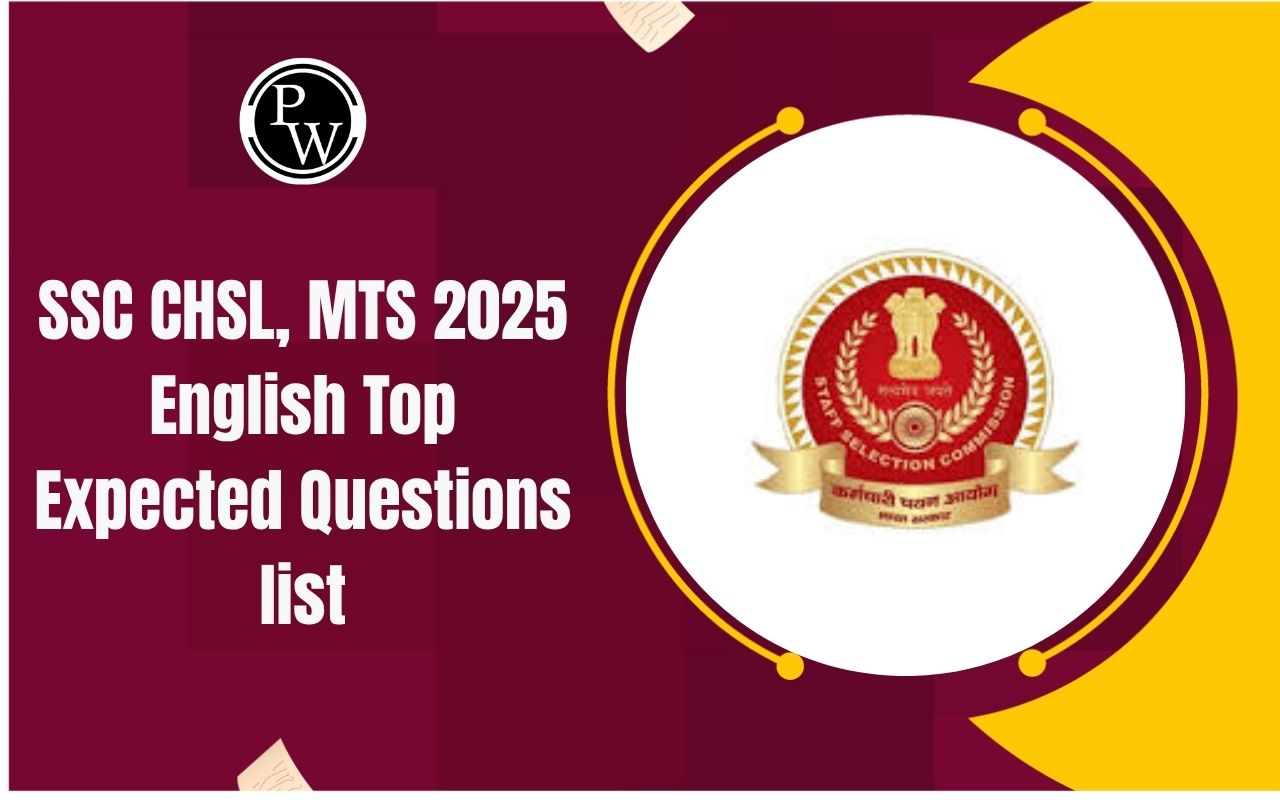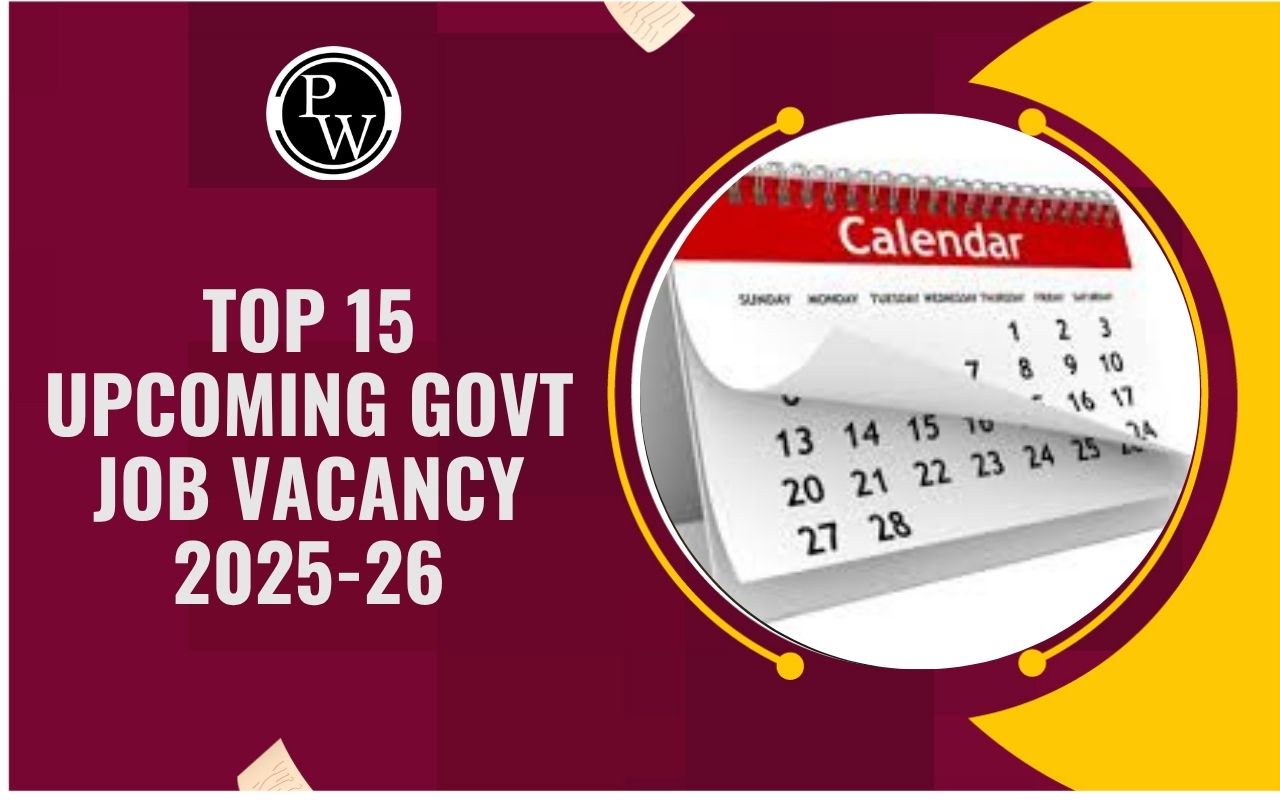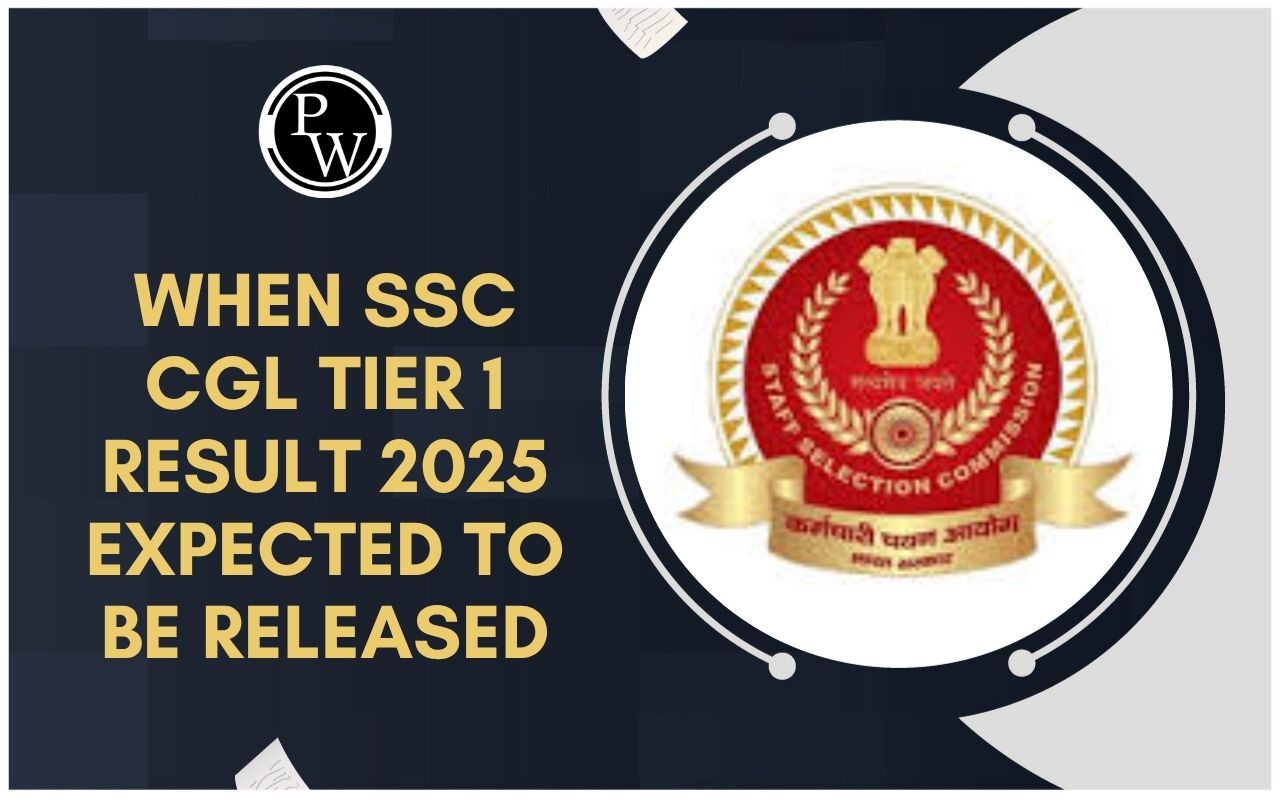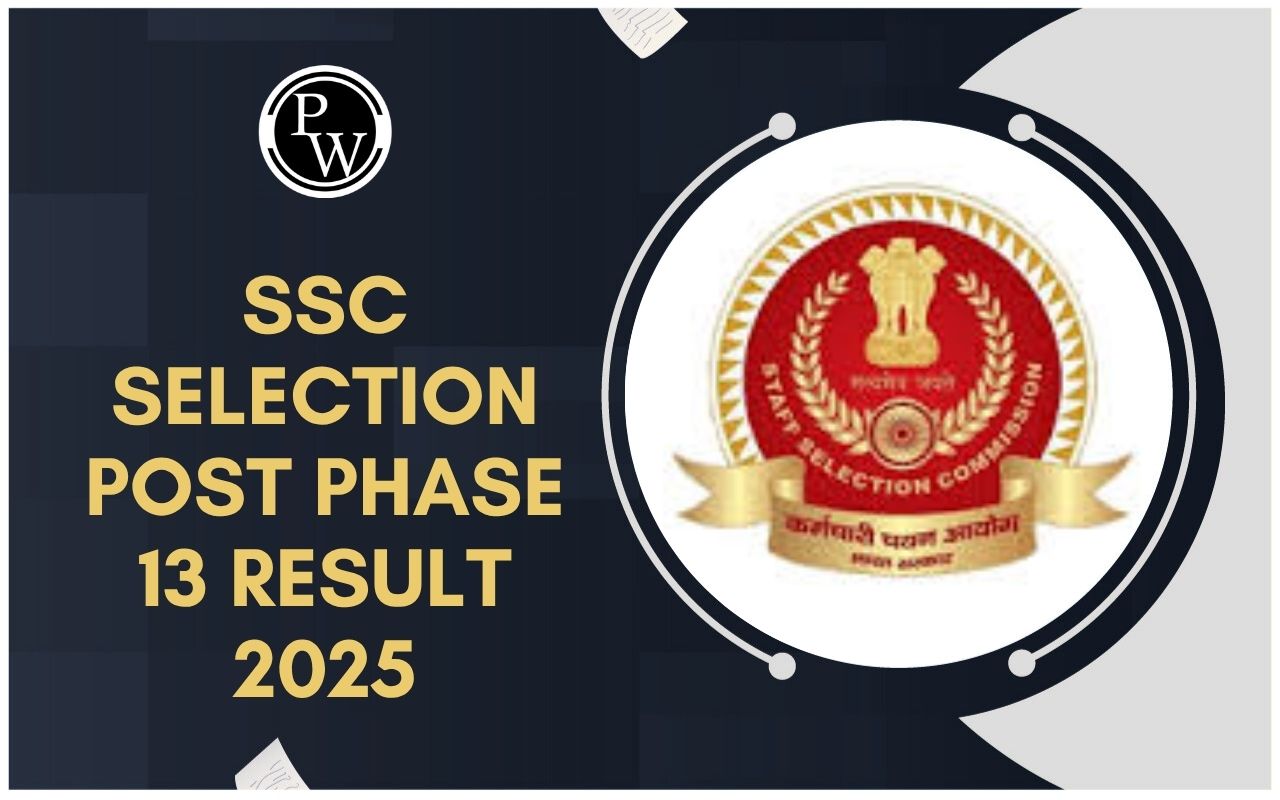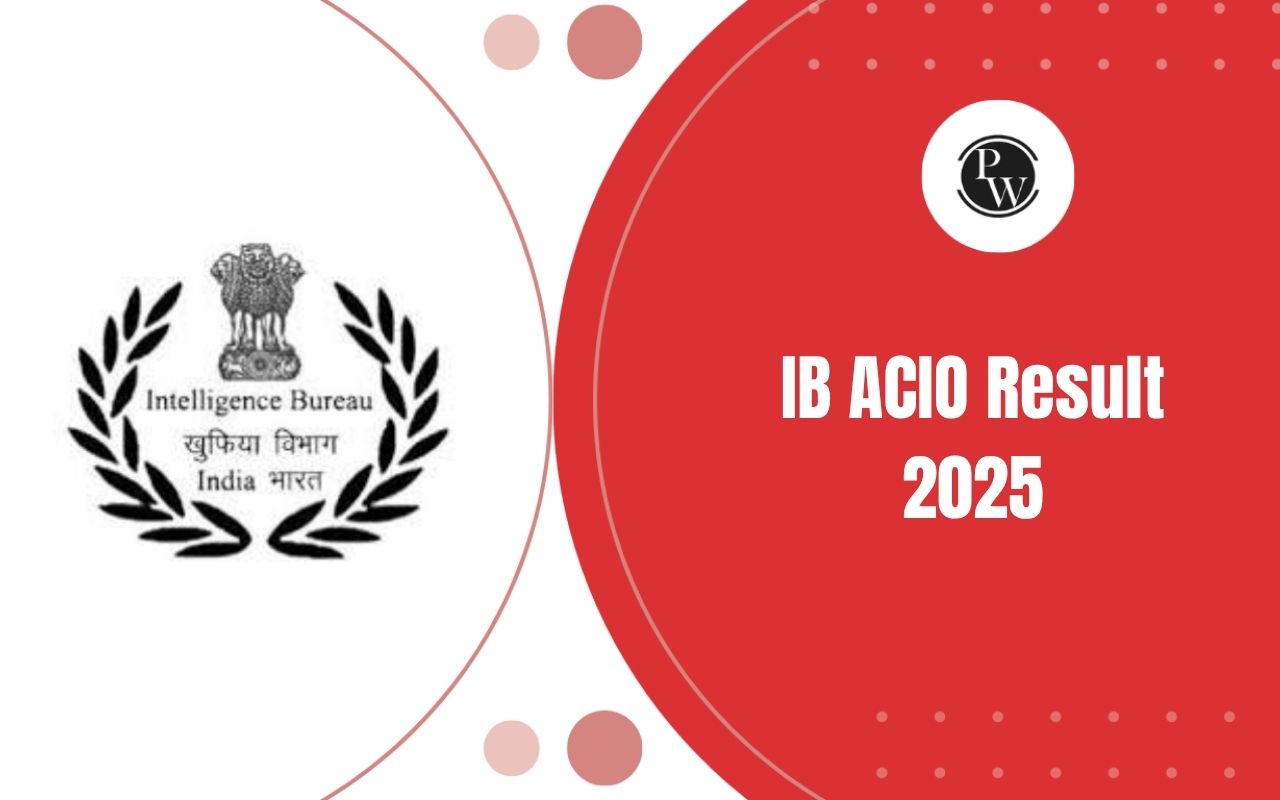
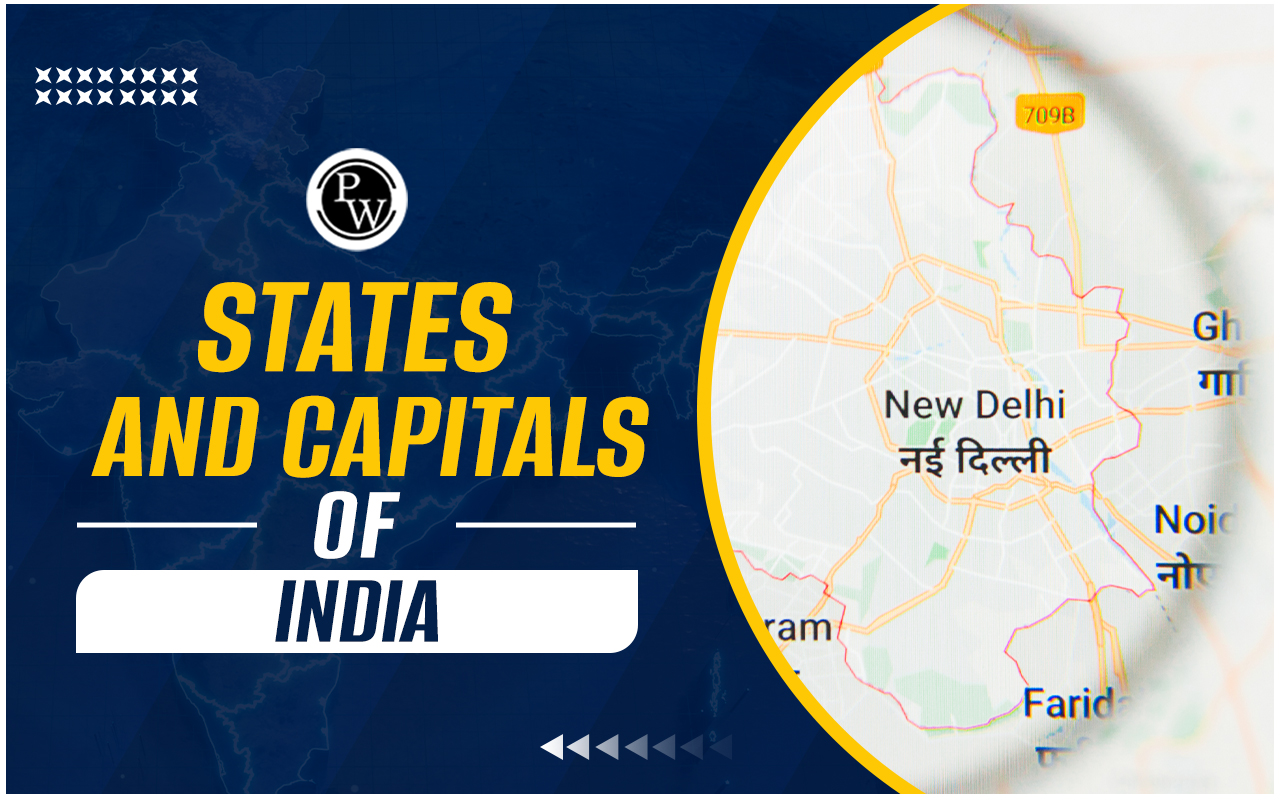
States and Capitals of India: India is the seventh-largest country globally and one of the most populated. It's a diverse, rich nation with 28 states and 8 Union territories. Each of these regions has its own unique identity, history, and administrative centre. India is located in Southern Asia and follows a parliamentary system of government. Managing such a vast country can be challenging, so the Indian Constitution allows the central government to create states and union territories as needed.
This article provides:
-
Updated List of 28 States and Capitals
-
List of 8 Union Territories and Capitals
-
List of State Languages
-
Specialities of each State
-
Easy Table format for revision & memorization
How Many States and Capitals Are There in India 2025?
| Type | Total Count |
|---|---|
| States | 28 |
| Union Territories | 8 |
| Total Districts | 806 (approx.) |
| Largest State (Area) | Rajasthan |
| Smallest State | Goa |
| Capital of India | New Delhi |
Important for Exams: Many students still search for “29 states of India”, but after Telangana was formed in 2014, the correct number remains: 28 States
28 States and Capitals List
India is divided into 28 states and 8 union territories. Each state is further divided into districts, which are then subdivided into tehsils, blocks, and villages. Let's explore the complete States and Capitals of India List and their capitals:
|
States and Capitals of India List |
|||
|
S.No. |
State |
Capital |
Founded Year |
|
1 |
Amaravati |
1953 |
|
|
2 |
Itanagar |
1987 |
|
|
3 |
Dispur |
1947 |
|
|
4 |
Patna |
1912 |
|
|
5 |
Raipur |
2000 |
|
|
6 |
Panaji |
1987 |
|
|
7 |
Gandhinagar |
1960 |
|
|
8 |
Chandigarh |
1966 |
|
|
9 |
Shimla |
1971 |
|
|
10 |
Ranchi |
2000 |
|
|
11 |
Bengaluru |
1956 |
|
|
12 |
Thiruvananthapuram |
1956 |
|
|
13 |
Bhopal |
1956 |
|
|
14 |
Mumbai |
1960 |
|
|
15 |
Imphal |
1972 |
|
|
16 |
Shillong |
1972 |
|
|
17 |
Aizawl |
1987 |
|
|
18 |
Kohima |
1963 |
|
|
19 |
Bhubaneswar |
1936 |
|
|
20 |
Chandigarh |
1947 |
|
|
21 |
Jaipur |
1949 |
|
|
22 |
Gangtok |
1975 |
|
|
23 |
Chennai |
1956 |
|
|
24 |
Hyderabad |
2014 |
|
|
25 |
Agartala |
1972 |
|
|
26 |
Lucknow |
1950 |
|
|
27 |
Dehradun |
2000 |
|
|
28 |
Kolkata |
1947 |
|
8 Union Territories of India List
India is a federal country consisting of 28 states and 8 union territories. States have their own elected governments and are self-governing, while union territories are administered centrally by the Indian government. Union territories are also divided into districts, though they don't possess the same level of self-governance as states.
New Delhi serves as the capital of India and is itself a union territory. The other union territories include Andaman and Nicobar Islands, Chandigarh, Dadra and Nagar Haveli, Daman and Diu, Jammu and Kashmir, Ladakh, Lakshadweep, and Puducherry.
|
Union Territory and Capital of India List |
||
|
S.NO |
Union Territories |
Capital |
|
1 |
Port Blair |
|
|
2 |
Chandigarh |
|
|
3 |
Daman |
|
|
4 |
New Delhi |
|
|
5 |
Leh |
|
|
6 |
Kavaratti |
|
|
7 |
Srinagar (Summer), Jammu (Winter) |
|
|
8 |
Pondicherry |
|
28 Indian States and their Languages
India has lots of different languages spoken all around the country. Each place you go might have its own special language. The government and schools give extra importance to 22 of these languages, calling them "scheduled languages."| List of Indian States and their Languages | |
| States | Language |
| Andhra Pradesh | Telugu and Urdu |
| Arunachal Pradesh | Miji, Apotanji, Merdukpen, Tagin, Adi, Honpa, Banging-Nishi |
| Assam | Assamese |
| Bihar | Hindi |
| Chhattisgarh | Hindi |
| Goa | Marathi Konkani |
| Gujarat | Gujarati |
| Haryana | Hindi |
| Himachal Pradesh | Hindi and Pahari |
| Jharkhand | Hindi |
| Karnataka | Kannada |
| Kerala | Malayalam |
| Madhya Pradesh | Hindi |
| Maharashtra | Marathi |
| Manipur | Manipuri |
| Meghalaya | Khashi, Jaintia, And Garo |
| Mizoram | Mizo and English |
| Nagaland | Ao, Konyak, Angami, Sema, and Lotha |
| Odisha | Oriya |
| Punjab | Punjabi |
| Rajasthan | Rajasthani and Hindi |
| Sikkim | Bhutia, Hindi, Nepali, Lepcha, Limbu |
| Tamil Nadu | Tamil |
| Telangana | Telugu |
| Tripura | Bengali, Tripuri, Manipuri, Kakborak |
| Uttar Pradesh | Hindi |
| Uttarakhand | Hindi |
| West Bengal | Bengali |
States and Capitals of India Specialities
Every state in India has its own special history and culture. Let's take New Delhi, the capital of India, as an example. It's a mix of modern life and historical charm. You'll find famous places like India Gate. Moving on to Mumbai, the capital of Maharashtra, it's not just any state capital; it's the financial and entertainment hub of the country. Known as the home of Bollywood and the largest stock exchange in India.| State | Known For |
|---|---|
| Andhra Pradesh | Spicy cuisine, Tirupati Temple, Amaravati Capital Project |
| Arunachal Pradesh | Tawang Monastery, tribal heritage, scenic valleys |
| Assam | Tea gardens, Kaziranga National Park, Bihu dance |
| Bihar | Bodh Gaya, Nalanda University, Madhubani Art |
| Chhattisgarh | Chitrakote Waterfalls, tribal culture |
| Delhi | India Gate, Red Fort, political hub |
| Goa | Beaches, Portuguese architecture, seafood |
| Gujarat | Rann of Kutch, Gir National Park, Garba festival |
| Haryana | Industrial growth, agriculture, planned city Chandigarh |
| Himachal Pradesh | Hill stations, Tibetan culture, Dalai Lama’s residence |
| Jharkhand | Waterfalls, Betla National Park, mineral resources |
| Karnataka | IT Hub (Bengaluru), Hampi ruins, Mysore Palace |
| Kerala | Backwaters, Ayurveda, high literacy rate |
| Maharashtra | Mumbai (financial capital), Bollywood, Gateway of India |
| Manipur | Loktak Lake, Manipuri dance |
| Meghalaya | Living root bridges, rainfall, caves |
| Mizoram | Handloom, bamboo culture, music |
| Nagaland | Hornbill Festival, tribal festivals |
| Odisha | Jagannath Temple, Konark Sun Temple |
| Punjab | Golden Temple, Bhangra, agriculture |
| Rajasthan | Forts & palaces, desert culture |
| Sikkim | Organic farming, Kanchenjunga, monasteries |
| Tamil Nadu | Temples, classical dance, Chennai tech hub |
| Telangana | Charminar, Golconda Fort, IT industries |
| Tripura | Ujjayanta Palace, tribal art |
| Uttar Pradesh | Taj Mahal, Kashi, rich history |
| Uttarakhand | Kedarnath, Nainital, adventure tourism |
| West Bengal | Kolkata, Durga Puja, literature, sweets |
| Other Related Links | |
| Tiger Reserves in India | National Parks in India |
| Biosphere Reserves in India | Elephant Reserves in India |
States and Capitals of India FAQs
How many Union territories are there in India?
What are the Twenty-eight states of India?
How many States are there in India?
Which state has two capitals in India?
What is the newest state of India?




